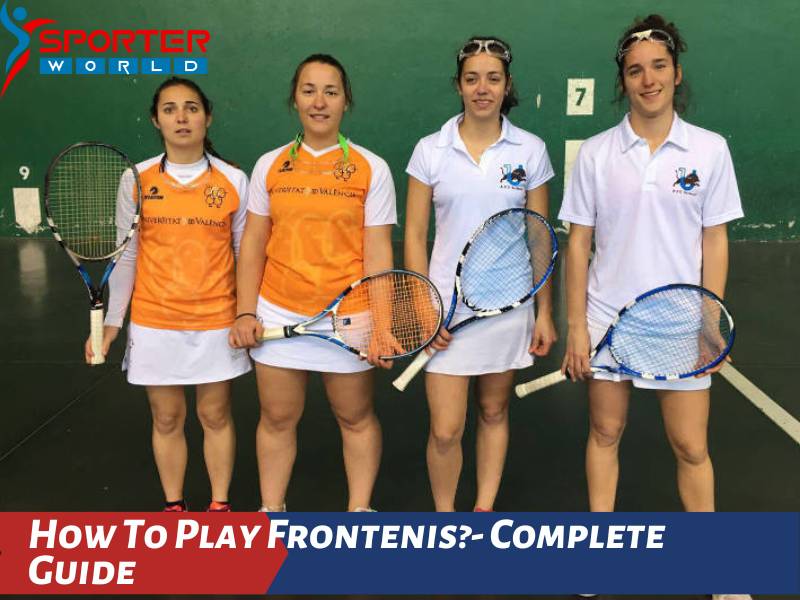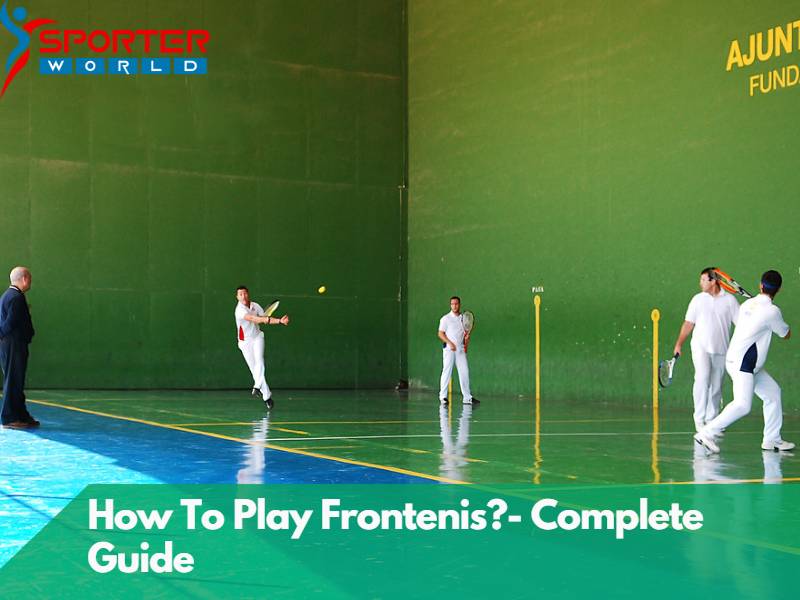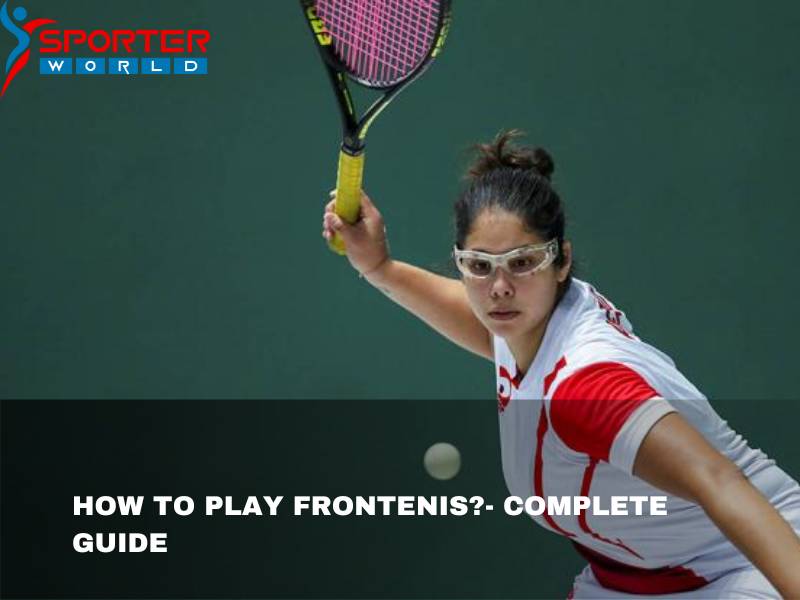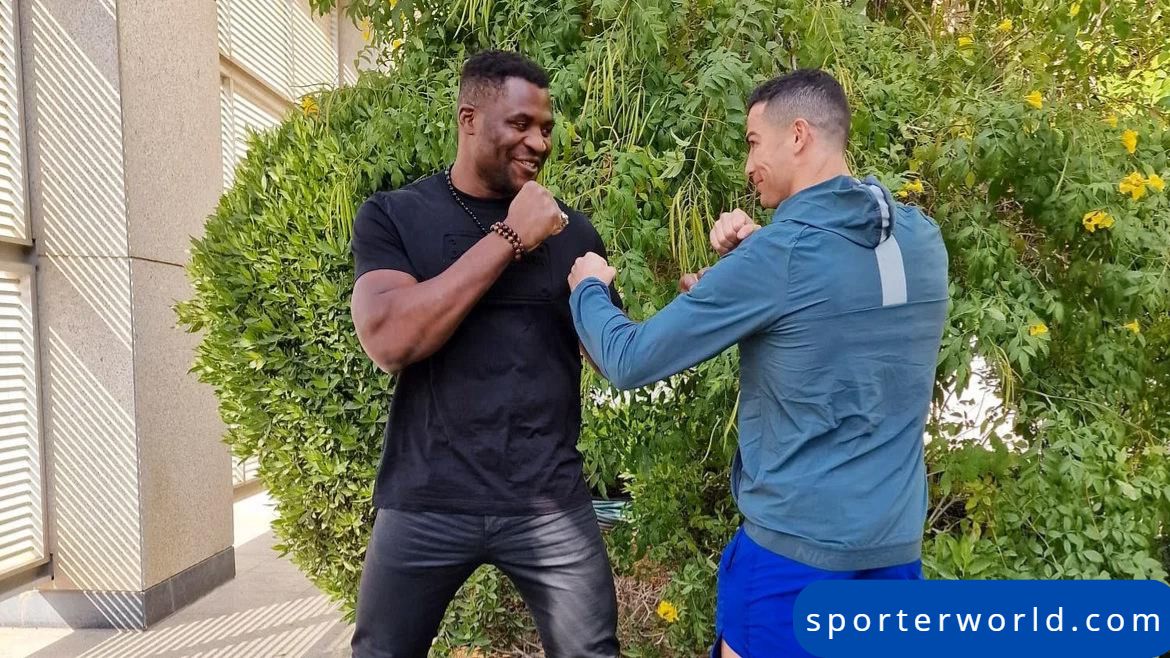Are you tired of playing the same old sports like soccer and basketball? Looking for something new and exciting to try? Look no further than Frontenis. This unique sport combines elements of tennis and handball into a fast-paced and challenging game that will keep you on your feet.
Originating in Mexico in the early 20th century, Frontenis has since spread to countries worldwide and gained a devoted following of players and fans. With its combination of strength, speed, and strategy, it’s no wonder why Frontenis is quickly becoming one of the most popular alternative sports around.
In this article, I’ll dive deeper into the world of Frontenis, exploring its rules, history, and benefits. Whether you’re a seasoned athlete looking to try something new or a casual player looking for a fun and challenging workout, there’s something in Frontenis for everyone.
What is Frontenis?
Frontenis is a sport that combines elements of tennis and squash. It is played on an outdoor court with hard walls and a central line dividing the two sides. The rules are similar to tennis rules, but the court size is smaller, and the ball used is much lighter than a tennis ball. The game requires two players or teams of two players each. Front Enis aims to score points by hitting the ball off the walls and preventing your opponent from doing so. The player or team that scores 11 points first wins the match.
Here are some key features and rules of Frontenis:
- Court and Equipment: The Frontenis court is typically an enclosed area with a front wall and side walls, similar to a handball court. The court dimensions may vary, but the front wall is usually around 10 meters high. Players use a racket specifically designed for Frontenis, which is smaller and lighter than a tennis racket. The game is played with a rubber ball similar to a tennis ball but slightly smaller and less pressurized.
- Scoring and Gameplay: Frontenis can be played in singles (one player against another) or doubles (two players on each team). The objective is to hit the ball against the front wall in a way that makes it bounce back to the opponent’s side while the opponent tries to return the ball before it bounces twice. Points are awarded when a player fails to return the ball successfully or commits a fault. The scoring system can vary but is often similar to tennis, with sets and games determining the winner.
- Serve and Service Box: The game starts with a serve, where one player stands in a designated service box and hits the ball against the front wall. The serve must land in the opponent’s half of the court, beyond a specified line. If the serve fails to reach the line or hits the front wall without bouncing, it results in a fault. The server alternates between the right and left service boxes after each point.
- Strategies and Techniques: Frontenis combines tennis’s power and agility with handball tactics. Players employ a variety of shots, including forehands, backhands, volleys, and lobs, to control the ball and keep their opponents off balance. Strategies often involve aiming for specific front wall areas or spinning to create difficult bounces for the opponent.
- Professional Competitions: Frontenis is played at both recreational and competitive levels. Professional Frontenis tournaments are held worldwide, and the sport has a dedicated following in countries such as Spain, Mexico, and France. These competitions showcase the players’ skill, speed, and agility, attracting spectators and enthusiasts.
Frontenis offers a dynamic and challenging racquet sport experience, combining the best elements of tennis and handball. Whether played casually or competitively, it provides an exciting way to engage in physical activity and enjoy strategic gameplay.
History of Frontenis
Frontenis was invented in Mexico in the early 20th century when two sports enthusiasts combined elements of tennis and handball to create something new and exciting. Since then, it has gained popularity worldwide and is now widely played in countries such as Spain, Portugal, Argentina, and Chile.
Read More: What is Freestyle BMX? How To Learn It?

Rules of Frontenis
The basic rules of Frontenis are similar to those of tennis, but there are a few key differences. First, the court size is much smaller than a standard tennis court – usually around 20 feet by 15 feet.
Second, the ball is much lighter than a tennis ball, usually made of foam rubber. This means that the ball does not bounce as high as a tennis ball and can be hit harder without causing injury. Third, the scoring system differs: instead of playing games to four points each (as in tennis), Frontenis matches are played to 11 points each. Finally, while players are allowed to serve with two hands, they must alternate which hand they use each time.
How to Play Frontenis?
To play Frontenis, follow these step-by-step instructions:
- Gather the Equipment: You will need a Frontenis court, a Frontenis racket, and a Frontenis ball. Ensure that you have the appropriate equipment for the game.
- Court Setup: Set up the Frontenis court, which typically resembles a handball court with a front wall and side walls. The dimensions may vary, but the front wall is usually around 10 meters high. Make sure the court is clean and free from any hazards.
- Serve: The game starts with a serve. One player from the serving team stands in the designated service box and hits the Frontenis ball against the front wall. The serve must land in the opponent’s half of the court beyond a specified line. After each point, the server must alternate between the right and left service boxes.
- Rally: Once the ball is served, players take turns hitting the ball against the front wall. The objective is to make the ball bounce back to the opponent’s side before it bounces twice. Players can use a variety of shots, such as forehands, backhands, volleys, and lobs, to control the ball and keep their opponents off balance.
- Scoring: Points are awarded when a player fails to return the ball successfully or commits a fault. The scoring system can vary but is often similar to tennis, with sets and games determining the winner. Typically, the first player or team to reach a certain number of games wins the set, and the first player or team to win a specified number of sets wins the match.
- Strategies and Techniques: Use power, accuracy, and tactical play to outmaneuver your opponent. Aim for different areas of the front wall to create difficult bounces and make it challenging for your opponent to return the ball.
- Fair Play and Sportsmanship: As with any sport, uphold fair play and good sportsmanship throughout the game. Respect your opponents, follow the rules, and display good etiquette on and off the court.
- Practice and Improvement: Like any sport, practice regularly to improve your skills and better understand the game. Work on your timing, footwork, and shot selection to become a more proficient Frontenis player.
Frontenis offers an exciting and dynamic racquet sport experience. Enjoy the game, embrace the competitive spirit, and have fun while engaging in this unique and challenging sport.
Read More: 10 Steps To Draw Running Animation Frames

Frequently Asked Questions
What is the difference between Frontenis and tennis?
Answer: Frontenis and tennis are similar in terms of using a racket and hitting a ball, but they have distinct differences. Frontenis is played on a smaller court with a front wall and side walls, while tennis is played on a larger court without walls. Frontenis also has unique rules and scoring systems, and the equipment used, including the racket and ball, may differ.
Can Frontenis be played by beginners?
Answer: Yes, Frontenis can be played by beginners. It provides an accessible entry point to racquet sports as it combines elements of tennis and handball. Beginners can start by practicing basic shots and gradually develop their skills. As with any sport, regular practice and learning from more experienced players can help beginners improve their gameplay.
How many players are needed to play Frontenis?
Answer: Frontenis can be played in singles (one player against another) or doubles (two players on each team). The number of players depends on the preference and availability of participants. Doubles play adds an extra dimension of teamwork and strategy, while singles play allows for a more individual-focused competition.
What are the rules regarding the ball hitting the walls in Frontenis?
Answer: In Frontenis, players can use the front wall and side walls to keep the ball in play. The ball must bounce off the front wall before hitting the ground, and it should remain within the boundaries of the court. However, if the ball hits the ceiling or any area above the front wall, it is considered out of play, resulting in a point for the opposing player or team.
Is there a professional Frontenis league or tournament?
Answer: Yes, Frontenis has a professional circuit with leagues and tournaments held in various countries. Spain, Mexico, and France are among the countries where Frontenis has gained significant popularity and organized, professional competitions. These events showcase the skills of top Frontenis players and attract a dedicated following.
Conclusion
Frontenis is a unique and exciting sport that combines the rules and elements of tennis and handball. Becoming a proficient player requires fair play, sportsmanship, practice, and skill. Professional tournaments are held in various countries, showcasing the best players from around the world. Whether you’re a beginner or an advanced player, Frontenis provides an enjoyable experience for all ages.




